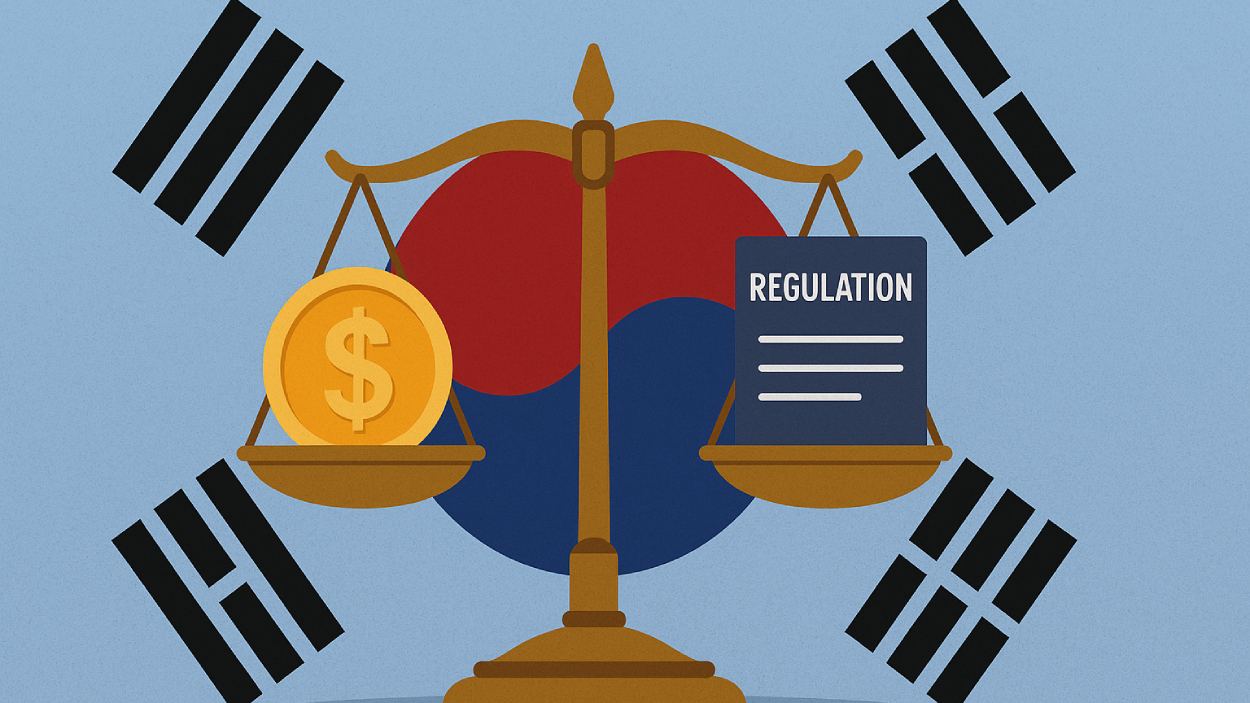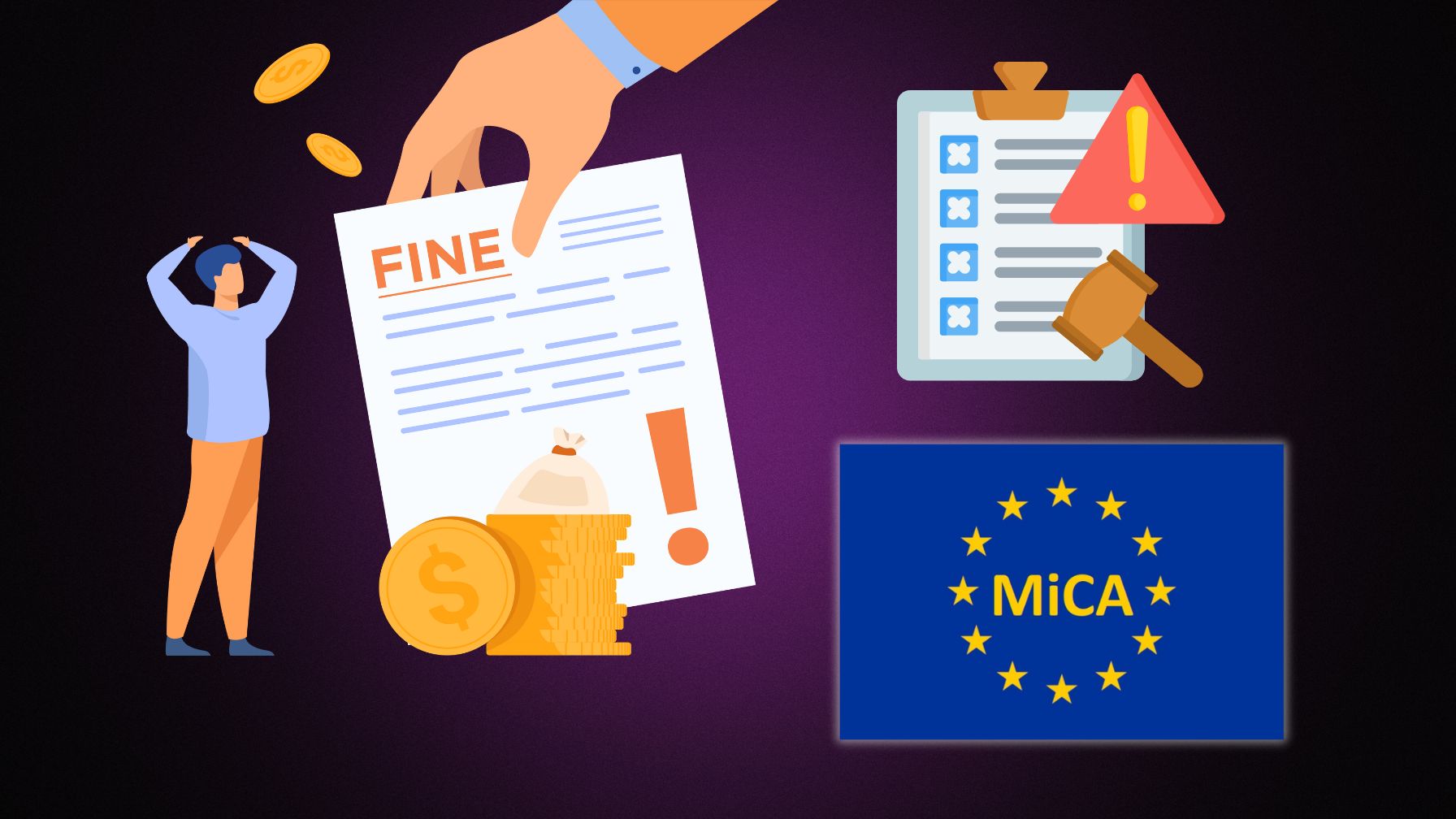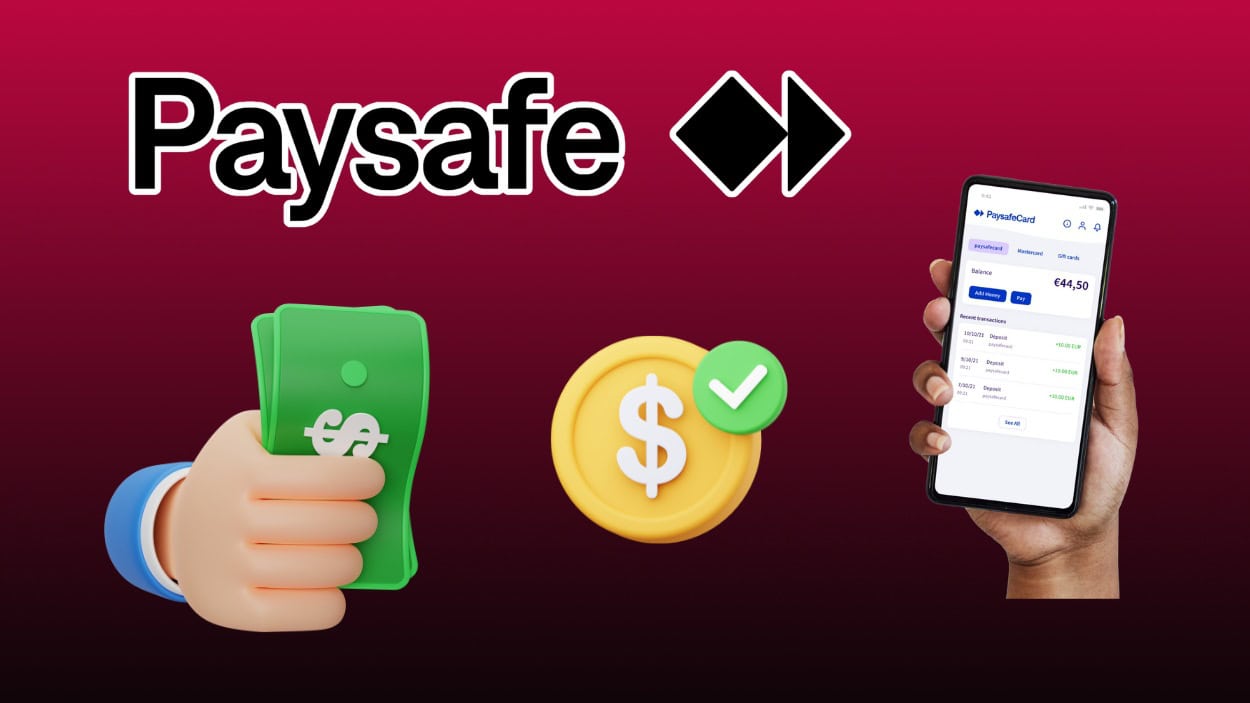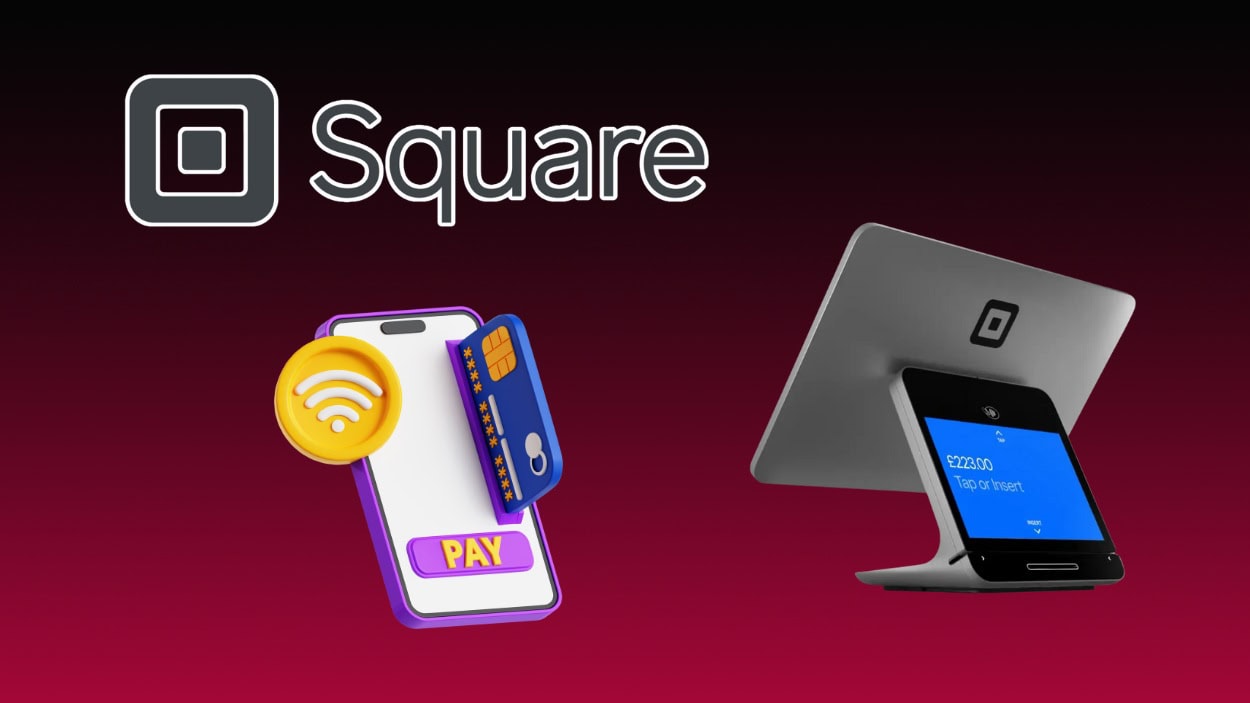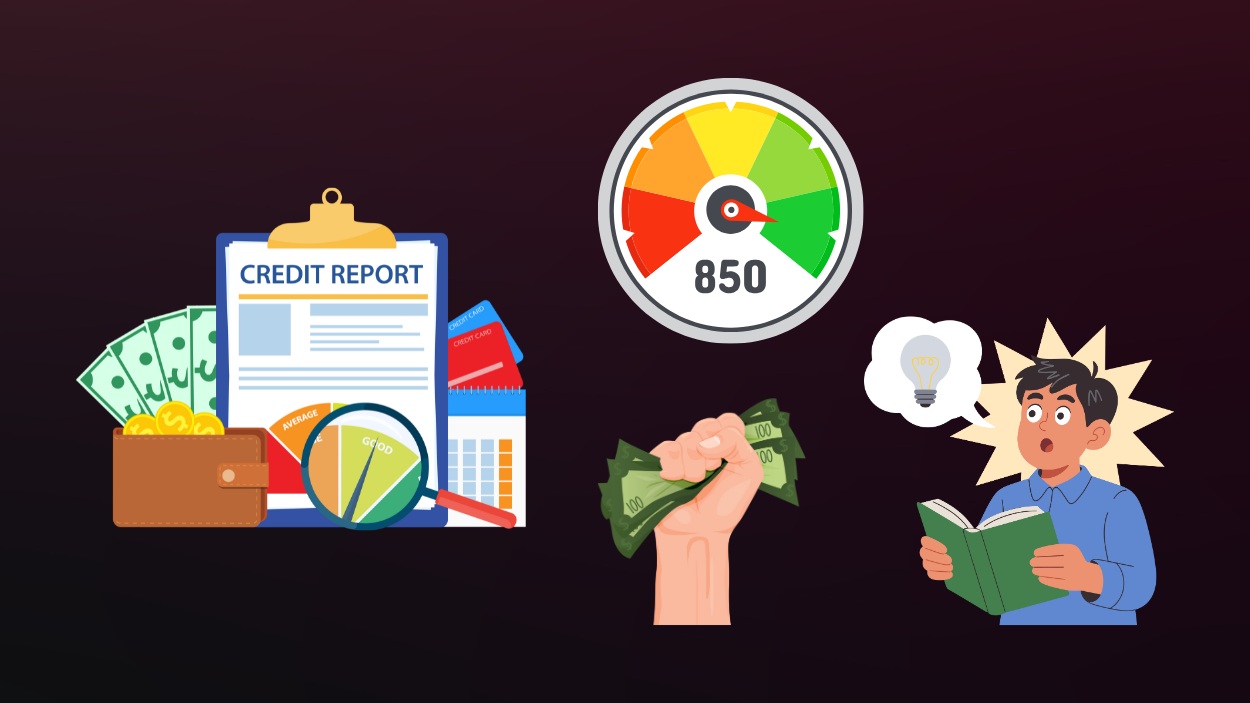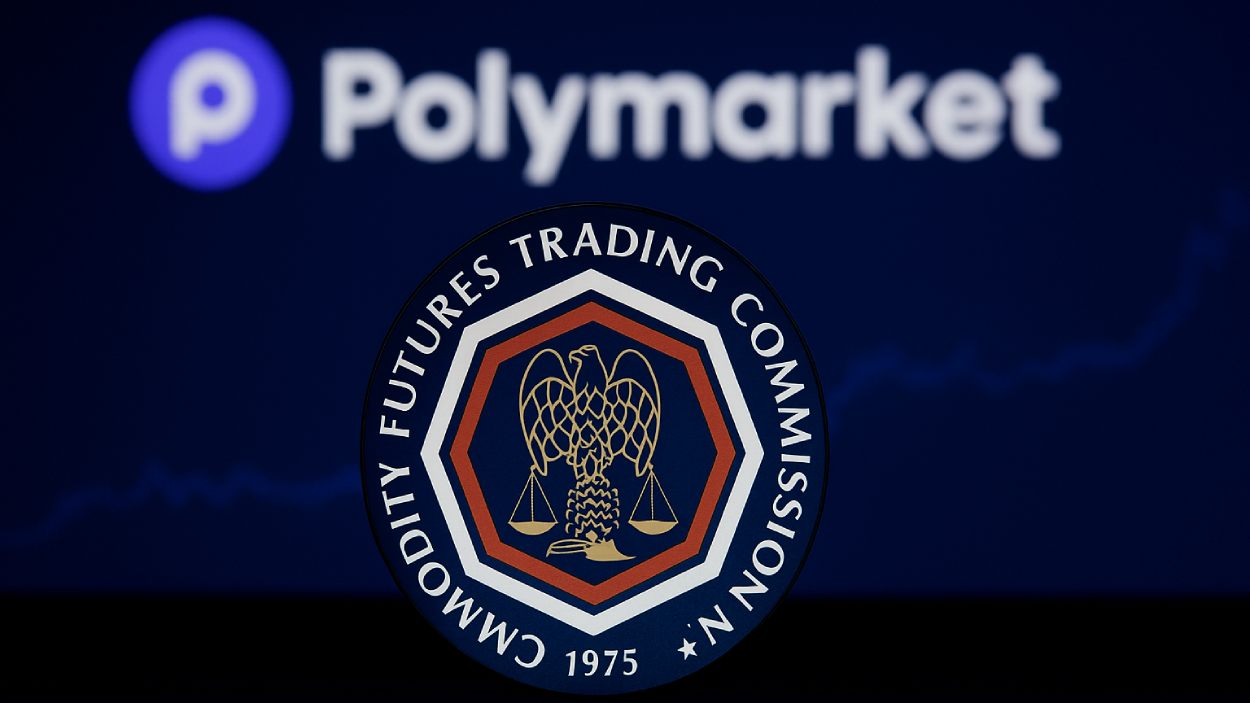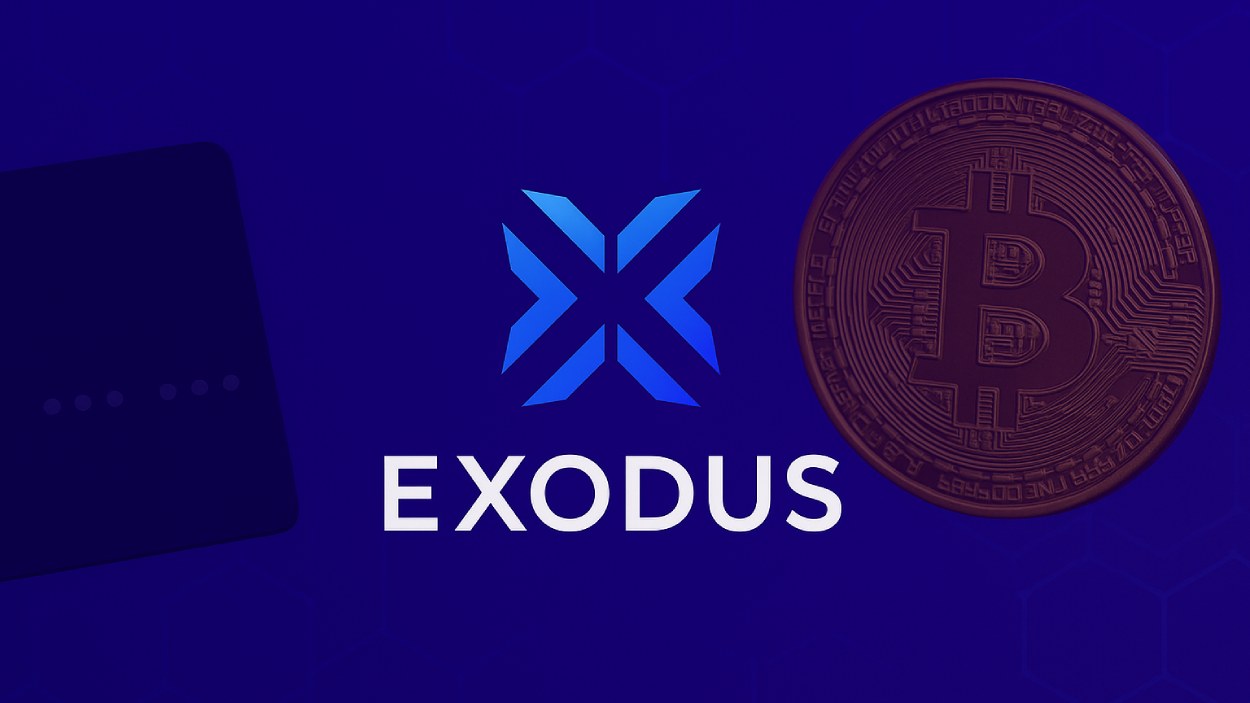South Korea’s long-anticipated stablecoin regulations are facing serious delays as financial authorities and the central bank remain divided on who should control the future of digital currency issuance.
Key Takeaways
- South Korea’s rollout of stablecoin regulations is delayed due to a standoff between the Bank of Korea (BOK) and the Financial Services Commission (FSC).
- The BOK demands banks hold a majority stake in any stablecoin issuers, citing financial stability and anti-money laundering concerns.
- The FSC opposes granting emergency powers to the central bank, arguing that smaller stablecoin issuers pose limited risks.
- Tech giants like Naver and Kakao continue to develop stablecoin products despite the lack of clear regulatory direction.
What Happened?
South Korea’s efforts to create a legal framework for stablecoins have hit a roadblock as the BOK and FSC argue over who should have authority over issuers. While lawmakers have submitted multiple bills to guide the future of stablecoins, the lack of consensus among regulatory bodies has postponed the expected rollout beyond 2025.
🚨 BREAKING:
— Real World Asset Watchlist (@RWAwatchlist_) November 24, 2025
🇰🇷South Korean lawmakers are reviewing 3 competing stablecoin bills – including proposals on reserve rules, licensing, and whether stablecoins can pay interest.
If passed, this could turbocharge regulated RWA tokenization in Korea. 🔥 pic.twitter.com/7PS97MIfnk
The Central Debate Over Issuer Control
The BOK has taken a hardline stance, insisting that banks must own at least 51% of any stablecoin issuer. The central bank believes that allowing tech firms or non-bank entities to take the lead could disrupt the country’s monetary and financial stability. A BOK official stated that banks, already under regulatory oversight, are better equipped to manage risks such as money laundering and foreign exchange volatility.
The BOK also equates stablecoins to deposit-like instruments and warned that letting tech firms issue them would be akin to giving them banking powers without sufficient regulation. It further emphasized concerns over potential monopolies if tech giants integrated stablecoin services deeply into their ecosystems.
In a controversial move, the BOK proposed forming an interagency council that would oversee stablecoin policy by unanimous vote. This idea, however, was met with resistance from other regulators due to its lack of legal precedent.
FSC Pushes Back on Central Bank’s Role
The FSC, South Korea’s top financial regulator, has rejected calls to expand the BOK’s authority. Specifically, it opposed granting the central bank emergency powers over stablecoin issuers, arguing that small-scale issuers do not present systemic risks to monetary policy. It also criticized the idea of joint inspections and emergency interventions as excessive.
The FSC’s position reflects a broader global hesitation toward centralized control of stablecoins. No major economy currently offers deposit insurance or liquidity support to stablecoin issuers, and South Korea appears to be following a similar path of caution.
Additionally, the FSC is open to broader industry participation, especially from tech companies. It argues that over-reliance on banks could stifle innovation and deter firms that already possess the digital infrastructure to support stablecoin use.
Legislative Gridlock Slows Progress
South Korean lawmakers are reviewing three competing bills from both the ruling Democratic Party and opposition People Power Party. Each bill proposes a minimum capital requirement of 5 billion won (around $3.4 million) for stablecoin issuers. However, they differ on whether interest payments on holdings should be allowed.
Some lawmakers argue that interest-bearing stablecoins could disrupt traditional financial systems, while others see them as a way to attract users and foster adoption. Until these issues are resolved, progress in the National Assembly remains slow.
Private Sector Pushes Forward
Despite the uncertain regulatory environment, South Korea’s private sector is not standing still. Tech giant Naver is preparing to launch a stablecoin wallet in collaboration with Hashed and the Busan Digital Exchange. Talks of a merger between Naver Financial and Dunamu, the operator of the Upbit exchange, could further solidify its presence in the digital finance space.
Meanwhile, four major financial institutions named KB Financial Group, Shinhan Financial Group, Hana Financial Group, and Woori Financial Group have teamed up with tech companies like Kakao and Samsung to explore stablecoin solutions.
Several firms, including BDACS and t’order, have already launched won-pegged stablecoins, showing that demand for digital settlement tools is growing even without a finalized framework.
CoinLaw’s Takeaway
In my experience covering crypto regulation, what’s happening in South Korea is a classic case of innovation colliding with old-school oversight. The Bank of Korea wants to anchor stablecoins to traditional banking, while the FSC sees potential in letting tech firms innovate. This tug-of-war is not just bureaucratic bickering, it’s a real-time example of how regulation can shape, stall, or supercharge an entire market.
I found it especially interesting that private companies aren’t waiting around. That shows confidence in the long-term importance of stablecoins, regardless of the government’s delays. For South Korea to remain a leader in fintech, regulators will need to stop fighting for control and start collaborating for clarity.

